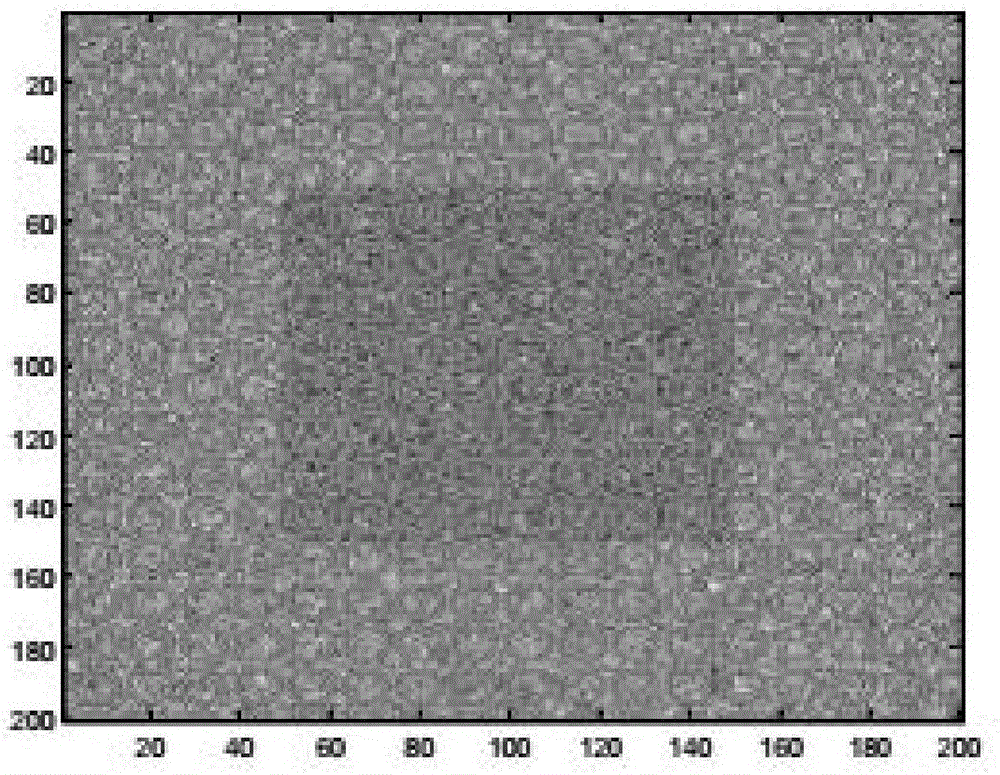Method for effectively segmenting hyperspectral oil-spill image
A hyperspectral oil spill image technology, which is applied in the field of hyperspectral oil spill image segmentation, can solve problems such as difficult segmentation effects, hyperspectral oil spill images containing bright spots, and uneven gray levels of oil spill images
- Summary
- Abstract
- Description
- Claims
- Application Information
AI Technical Summary
Problems solved by technology
Method used
Image
Examples
Embodiment Construction
[0090] The present invention will be further described below in conjunction with the accompanying drawings. Specific embodiments of the present invention will be described below based on simulated hyperspectral image and real hyperspectral image data respectively.
[0091] 1. Simulated hyperspectral image experiment
[0092] In order to verify the feasibility and effectiveness of the model, the experiment is first carried out on the simulated hyperspectral image, and the specific steps are as follows:
[0093] A. Synthetic hyperspectral simulated oil spill images
[0094] First, extract oil endmembers and water endmembers from real hyperspectral oil spill images, and then synthesize a simulated hyperspectral image with a size of 200×200 and a number of bands of 258, in which the 100×100 part in the middle of the image is composed of oil endmembers , the other parts are composed of water endmembers, and finally adding noise with a certain signal-to-noise ratio (SNR, Signal Nois...
PUM
 Login to View More
Login to View More Abstract
Description
Claims
Application Information
 Login to View More
Login to View More - R&D
- Intellectual Property
- Life Sciences
- Materials
- Tech Scout
- Unparalleled Data Quality
- Higher Quality Content
- 60% Fewer Hallucinations
Browse by: Latest US Patents, China's latest patents, Technical Efficacy Thesaurus, Application Domain, Technology Topic, Popular Technical Reports.
© 2025 PatSnap. All rights reserved.Legal|Privacy policy|Modern Slavery Act Transparency Statement|Sitemap|About US| Contact US: help@patsnap.com



